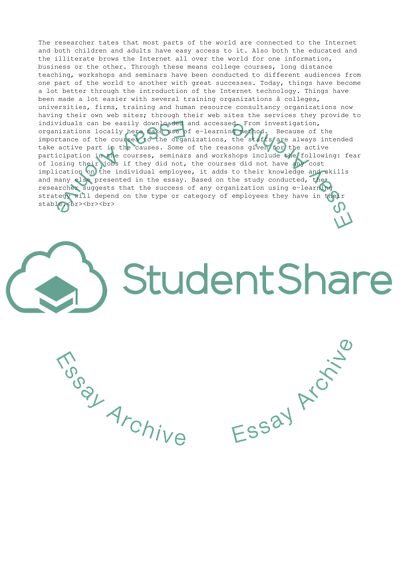Cite this document
(“How Can E-learning Play a Strategic Role in Fast-Growing Global Essay”, n.d.)
How Can E-learning Play a Strategic Role in Fast-Growing Global Essay. Retrieved from https://studentshare.org/management/1535538-how-can-e-learning-play-a-strategic-role-in-fast-growing-global-companies
How Can E-learning Play a Strategic Role in Fast-Growing Global Essay. Retrieved from https://studentshare.org/management/1535538-how-can-e-learning-play-a-strategic-role-in-fast-growing-global-companies
(How Can E-Learning Play a Strategic Role in Fast-Growing Global Essay)
How Can E-Learning Play a Strategic Role in Fast-Growing Global Essay. https://studentshare.org/management/1535538-how-can-e-learning-play-a-strategic-role-in-fast-growing-global-companies.
How Can E-Learning Play a Strategic Role in Fast-Growing Global Essay. https://studentshare.org/management/1535538-how-can-e-learning-play-a-strategic-role-in-fast-growing-global-companies.
“How Can E-Learning Play a Strategic Role in Fast-Growing Global Essay”, n.d. https://studentshare.org/management/1535538-how-can-e-learning-play-a-strategic-role-in-fast-growing-global-companies.


